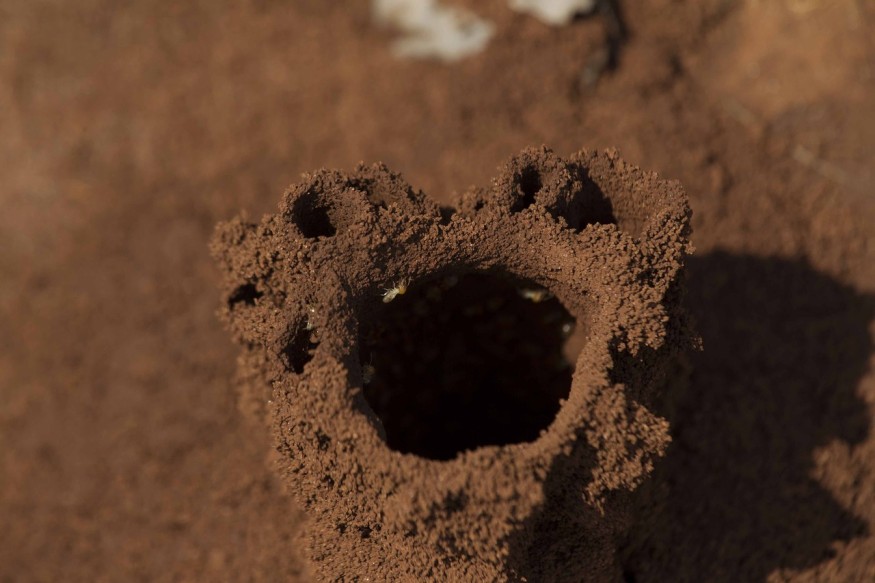Ants are known for creating their own colonies which consist of complex underground tunnels or passageways called ant hills or mounds. These underground structures are used by the insects as a channel to transport food, multiply, and live.
Outdoors, ant colonies can be found under the soil or inside a tree. However, these colonies can also exist indoors, including on walls and other parts of a house.
Ant colonies vary in size depending on the population of a local art community, and the uniqueness of the territory is based on. In recent days, reports have recounted the discovery of an abandoned ant hill and inside it contains a secret "mega ant city" from over a decade ago that was once home to an immeasurable number of ant population.
Mega Ant City

The underground ant kingdom was discovered after scientists pumped cement for several days and dug for several weeks. The mega ant city resembles the small ant civilization in the movie "A Bug's Life" released in 1998.
On Thursday, June 1, the British digital publisher LADbible Group cited a report from EarthSky last year about the uncovering of a former ant colony in the documentary "Ants: Nature's Secret Power," which highlights a former colony created by grass-cutter ants. It also mentioned that no ants were killed in the process since the colony was 'abandoned' for an unknown reason.
The excavation project in 2012 involved mechanical diggers that helped the scientists unravel the hidden structure beneath the soil. Back then, reports said the underground ant colony was once home to millions of insects.
The discovery had scientists and other experts scratching their heads as the mega ant city in Brazil contained underground roadways, pathways, and even gardens.
Why Do Ants Build Mounds?
In its fundamental nature, mounds are built to serve as the underground homes of ants. However, there are other reasons why these intricate structures are made in the first place.
According to biologists, ants build their underground nest to create the right environment for their larvae to grow, as cited by the Arizona State University (ASU). In addition, the ant hive also serves as a shelter to protect the ant queen, which spends most of her life laying eggs.
As bizarre as it is, ant colonies do not emerge out of the blue. Instead, they are a product of a sophisticated method of coordination among members of a certain ant colony, the ASU adds. Just like Brazil's mega ant city, there are potentially other underground ant nests waiting to be discovered, whether they are abandoned or not.
Despite the seeming robust mega-structure, ant hills can easily be destroyed by both natural causes like heavy rain and flooding, as well as artificial ones. Regardless, the local ant population in the colony evacuates if they have the chance to create a new home.
© 2025 NatureWorldNews.com All rights reserved. Do not reproduce without permission.





